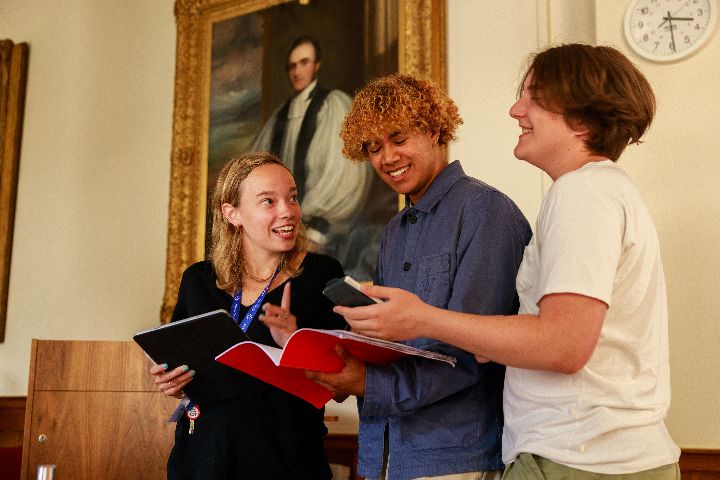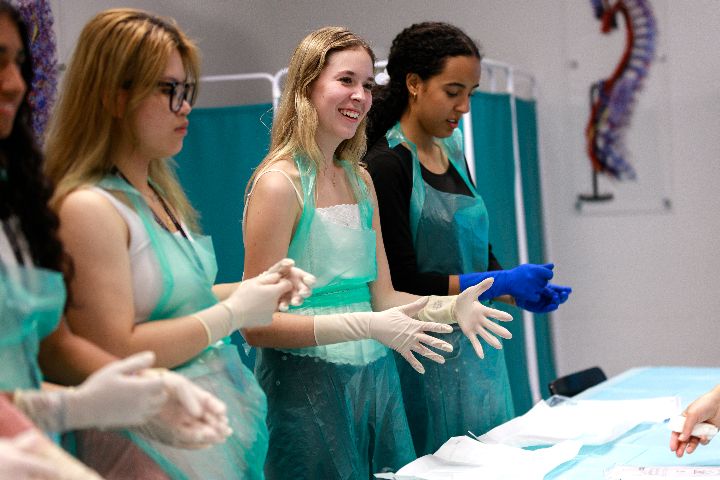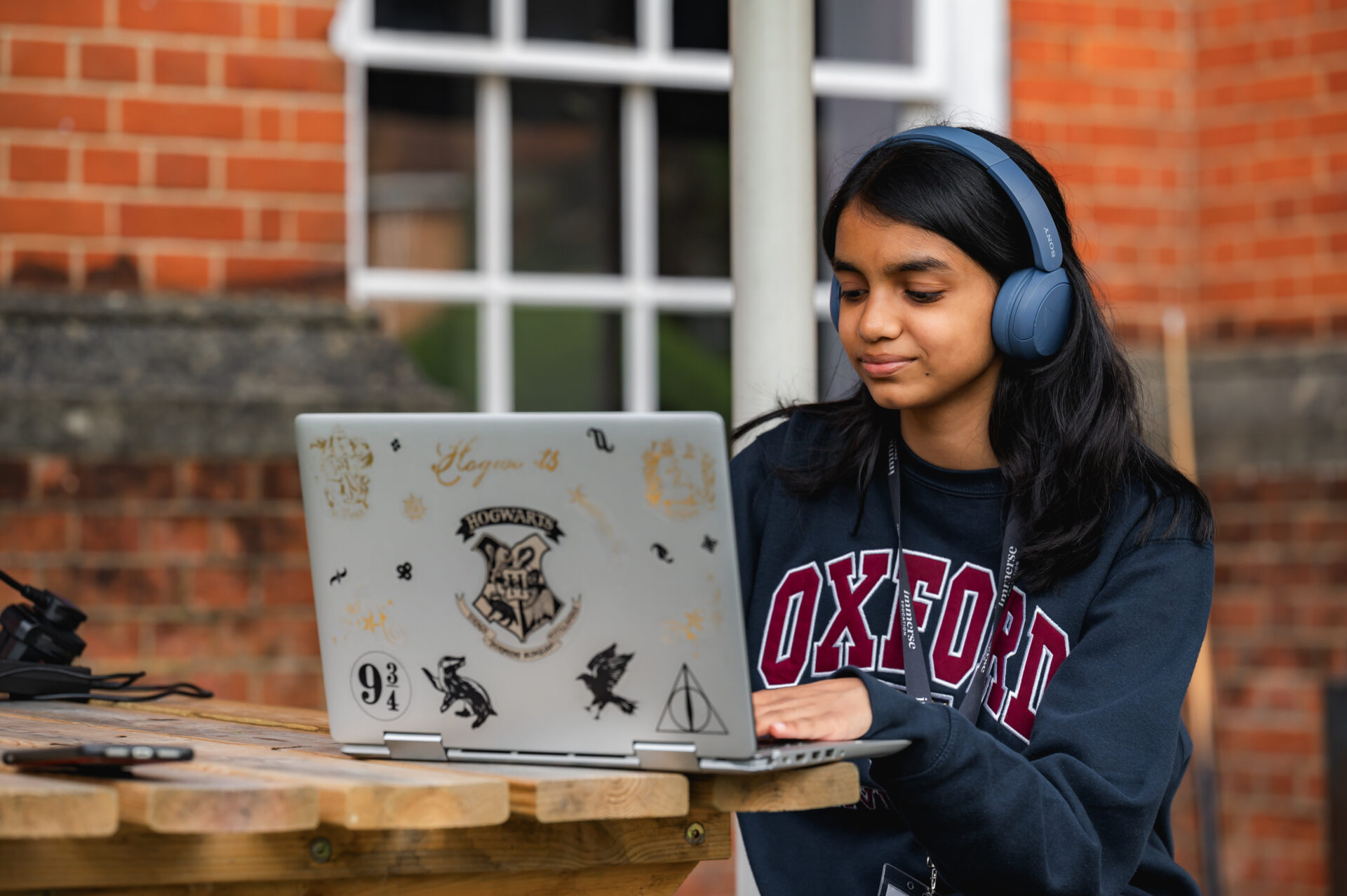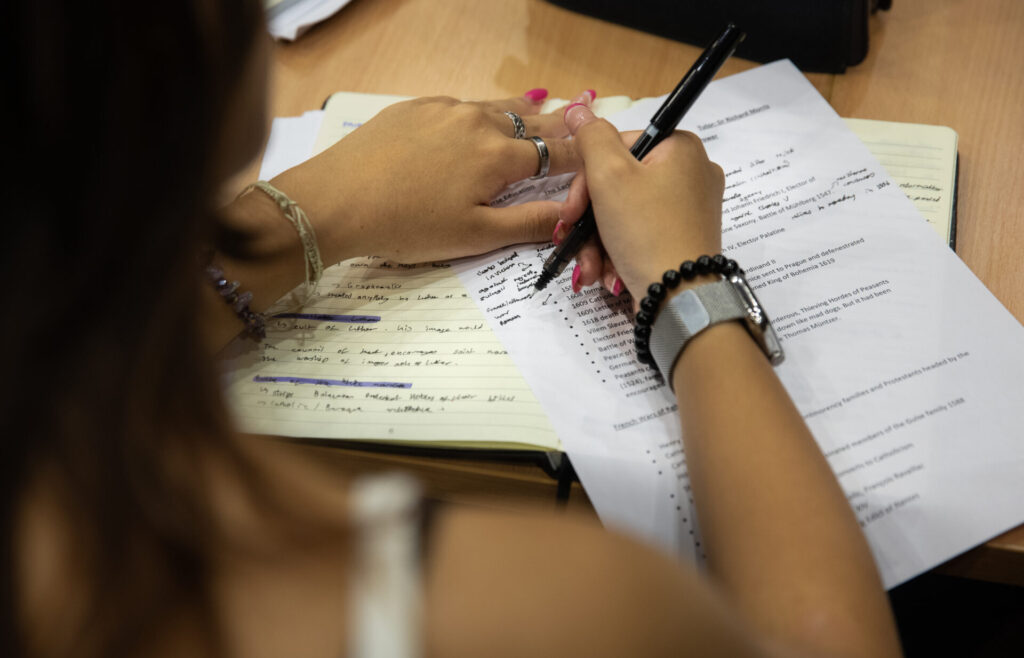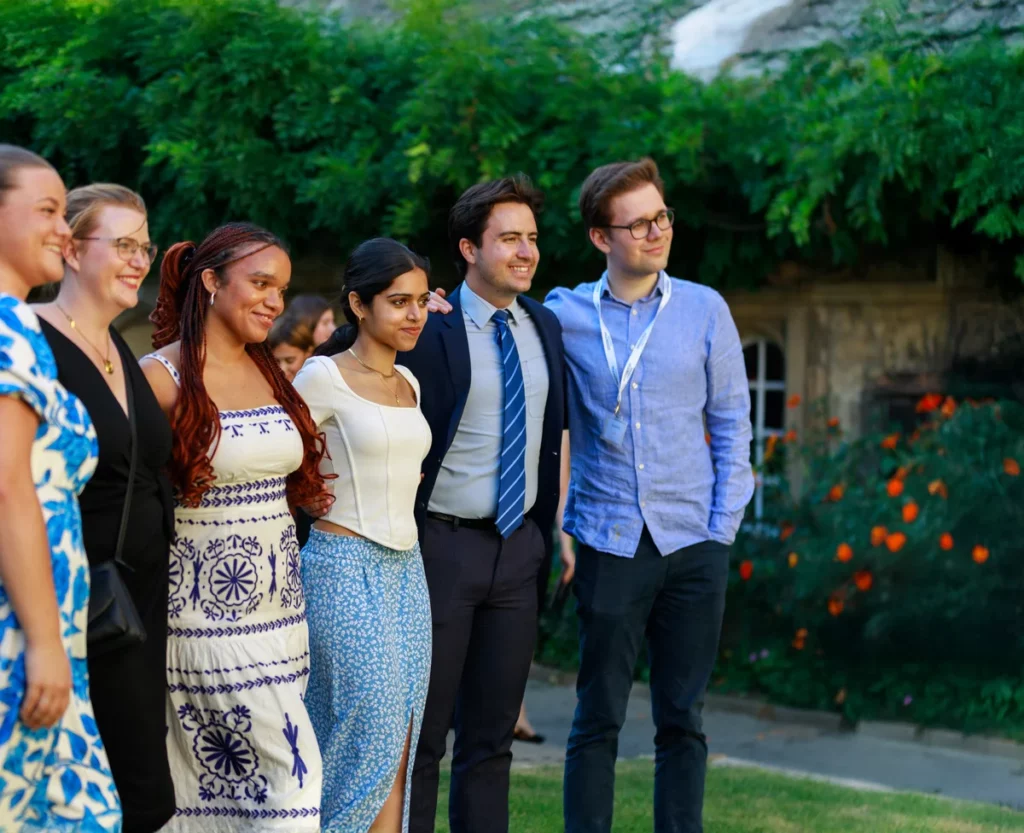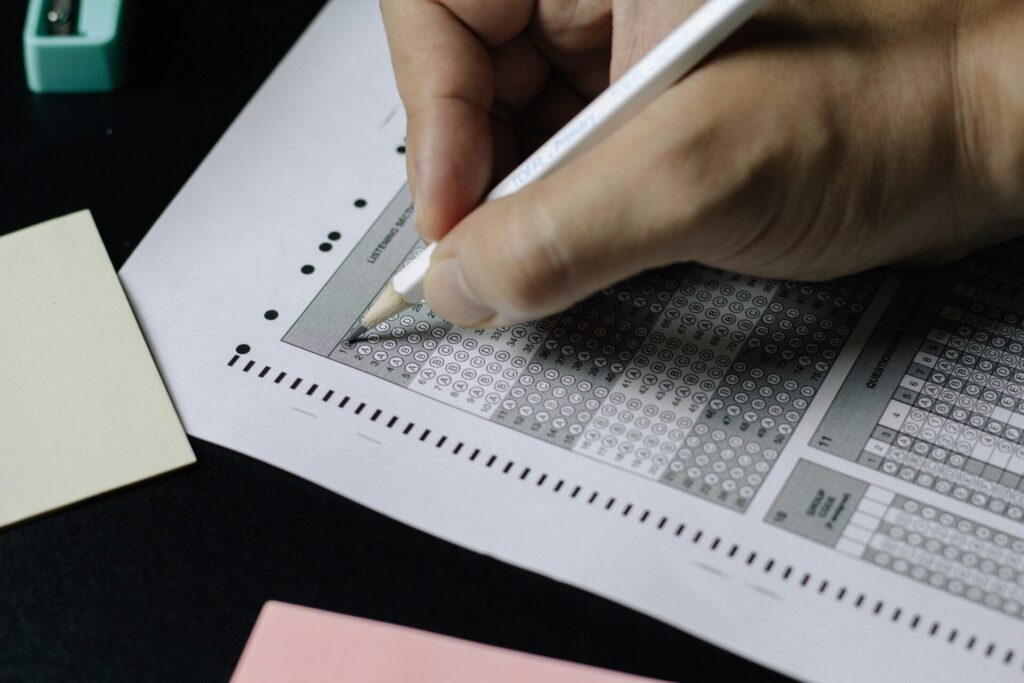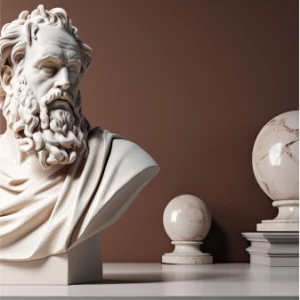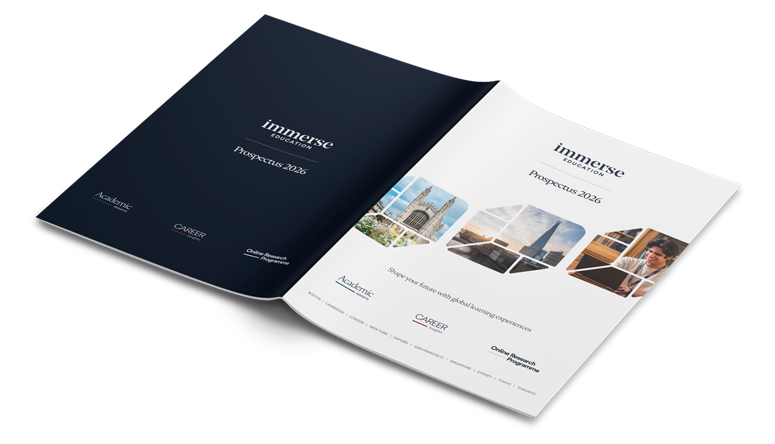What Is a Personal Statement for Art?
An art personal statement is your chance to showcase your creativity, passion, and vision to admission committees. Whether you’re applying for an undergraduate art program or a fine arts graduate school, this document plays a vital role in introducing who you are as an artist and art critic. Think of it as a window to your world, where you give others a glimpse into your artistic identity, skills, and goals.
Unlike a résumé or portfolio that highlights your accomplishments in a straightforward manner, a personal statement dives deeper. It reflects your motivations, inspirations, and aspirations. It explains why you create and what you hope to contribute to the broader artistic landscape. Ultimately, it’s the bridge between your portfolio and your personality, making you memorable for admissions officers.
This guide is particularly helpful for students pursuing degrees such as a Bachelor of Fine Arts (BFA), where creating a compelling narrative about your creative experiences and ambitions is crucial. A BFA personal statement offers an opportunity to explain how you’ve developed your artistic skills, what inspires you, and what you hope to achieve in your work as you start your formal training.
If you’re planning to study Art History, your personal statement can highlight your passion for exploring the deeper meanings and historical contexts of art. It’s a chance to showcase your curiosity about different art movements, critical thinking ability, and interest in preserving or interpreting cultural heritage.
For applicants to Graphic Design or Illustration programs, this article will guide you in creating a personal statement that captures your approach to visual problem-solving, storytelling, and innovation. Admissions officers want to see how you will contribute to the design or illustration field through your unique perspective and creative goals.
How to Write an Art Personal Statement
Crafting an effective art personal statement can feel daunting, but by breaking it down into clear steps, you can produce a piece that leaves a lasting impact. Here’s a step-by-step guide on how to do it right:
Step 1: Understand the Purpose
Before you put pen to paper, take a moment to understand the purpose of your statement. Why is it being requested? Essentially, admission officers want to know why you are pursuing a degree in art and what sets you apart.
This isn’t just about listing your accomplishments. The statement should reflect your personality, values, and reasons for pursuing art. It’s a chance to articulate your authentic voice and demonstrate your passion for the field. Ask yourself:
- What first sparked your interest in art?
- How has art shaped your personal and academic life?
- What about their specific program draws you in?
Don’t forget to align your thoughts with the institution’s values. For instance, if their program emphasises innovation in fine art, your writing should reflect your drive for pushing creative boundaries.
Step 2: Highlight Your Artistic Journey
Your artistic path is unique. Share that story. How did your interest in art start? Was it childhood sketching sessions, gallery visits, or a particularly inspiring teacher? Walk the reader through how those early experiences developed into your present passion.
Take this opportunity to talk about your evolution as an artist. Perhaps you began pursuing oil painting but later fell in love with digital media. Maybe you’ve experimented with sculpture or photography. Share turning points in your education or any challenges you overcame to get where you are today.
For example:
“Growing up, my grandmother’s charcoal sketches adorned the walls of our family home, igniting my fascination with the power of art to evoke emotion and tell stories. This curiosity led me to explore art museums and study the works of classical and modern masters, where I became captivated by the way art reflects cultural and historical shifts. I began keeping a journal of my observations from these visits, pairing sketches of my favorite pieces with my thoughts on their significance.”
Above all, make it a narrative. A compelling story makes your personal statement not just readable but unforgettable.
Step 3: Showcase Your Skills and Achievements
While your portfolio will be the primary showcase of your talent, your personal statement should highlight the skills you’ve gained along the way. Have you mastered innovative techniques? Have you participated in exhibitions or competitions? Were you commended by teachers or critics for certain works?
Be specific and succinct when discussing your achievements. For example:
- “Under the mentorship of Professor Green, I created ‘Urban Voices,’ a series of contemporary portraits that won first place at the City Art Contest.”
- “I curated a small photography exhibition, resulting in increased community engagement at our local gallery.”
Pair these examples with personal reflections. How did these experiences teach you to work with others, appreciate criticism, or think critically about your artwork?
Step 4: Express Your Vision and Goals
What drives you as an artist? This part of your personal statement is all about showcasing your creative vision and long-term aspirations. Admission committees want to see your enthusiasm for continued development and contributions to your field.
Discuss your goals in a way that aligns with the program you’re applying for. For example:
- “I hope to use large-scale installations to explore the intersection between memory and urban spaces and would value the interdisciplinary approach offered through this university’s program.”
- “Through this fine art degree, I hope to refine my craft and address social justice themes. Ultimately, I aim to exhibit my work on global platforms to inspire discussions around equity and change.”
This is your opportunity to project a clear, compelling future while tying it back to your artistic roots.
Step 5: Keep It Concise and Engaging
Remember, writing an art personal statement isn’t about crafting a novel. The best statements are clear, engaging, and straight to the point. Avoid fluff or pretentious language. Instead, focus on straightforward, heartfelt expressions.
Keep in mind these tips:
- Use active language. For example, replace “I have been involved in” with “I participated in.”
- Limit jargon. Admissions reviewers are often a mix of practicing artists and academics; ensure your writing is accessible.
- Write in your voice. Authenticity can shine through even the smallest sentences.
Crunch it down into a relatable and digestible read while maintaining a professional tone. Each word must earn its place.
How Long is an Art Personal Statement?
Art personal statements vary in length depending on where you’re applying, and it’s essential to check the latest guidelines. UCAS is in the process of phasing out the traditional free-form personal statement. Starting from 2025 entry, applicants will instead answer a series of structured questions designed to bring clarity and consistency to the process. These questions will cover areas like your motivation for the course, relevant experience, and preparedness for university-level study.
If you’re applying in the final cycle before this change (2024–2025), you’ll still need to stick to the standard UCAS format: a single statement of up to 4,000 characters (including spaces) or 47 lines of text. That’s around 500–600 words, depending on your writing style.
For non-UCAS programmes—such as applications to art schools outside the UK or postgraduate fine art programmes—personal statements may follow entirely different formats, and word or character counts can vary widely, sometimes allowing up to 1,000 words or more. It’s always best to check the exact requirements set by each institution.
Whether you’re working within a word limit or responding to structured questions, clarity and substance are key. Avoid clichés like “Art is a universal language,” and instead focus on genuine insights into your interests, influences, and goals. Be specific about what has shaped your passion—whether it’s an exhibition that changed how you see the world, a personal project, or an academic discovery that sparked your curiosity.
The goal is always the same: to offer a clear, authentic picture of why you’re a strong fit for the programme.
Join the Immerse Education 2025 Essay Competition
Follow the instructions to write and submit your best essay for a chance to be awarded a 100% scholarship.
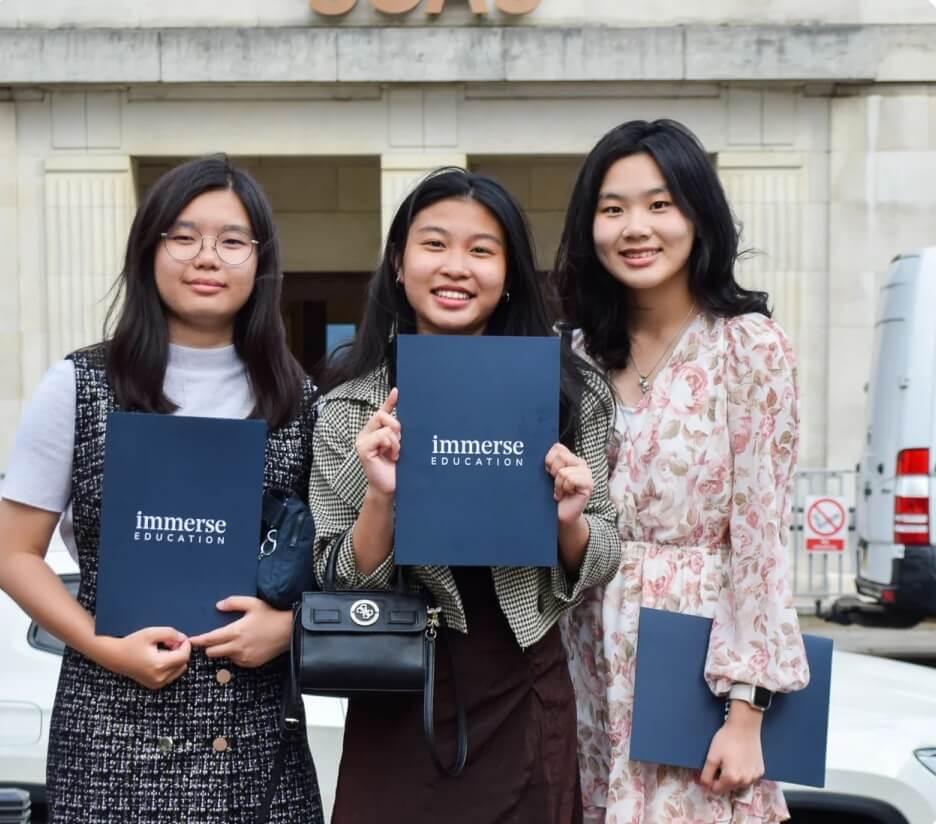
Art Personal Statement Examples
Nothing says it better than real-life samples. Below are some examples of fine art personal statements that helped artists stand out:
Example 1:
“From my first attempt at sculpture to crafting large-scale installations, my passion for art has always been tied to movement. I draw inspiration from the rhythms of urban life. Whether it’s capturing graffiti-filled walls in my sketchbook or experimenting with motion graphics, my goal is to marry the boldness of street art with cutting-edge digital techniques. I am seeking an institution that values innovation and will push me to challenge conventions. Through your program, I hope to explore dynamic ideas and share conversations around art and activism with like-minded peers.”
Example 2:
“For me, fine art represents the ability to translate emotions into something tangible. My father’s love of Renaissance artists inspired me to try my own hand at figure drawing. Over time, this fascination evolved into a dedicated exploration of oil-paint techniques. My studies have introduced me to modern sculptural methods, but my passion for detailed, emotive painting remains at the forefront. I hope to refine these skills in a learning environment shaped by traditional techniques while exploring new tools.”
Example 3:
“Art told me what words could not. Having grown up in a multicultural household, I have always straddled two languages and two cultures. My artwork serves as a bridge where identity and expression meet. Through collages that blend photography with traditional Indian motifs, I celebrate duality and harmony. I aim to explore similar narratives through your interdisciplinary programs, especially given your school’s focus on promoting culturally diverse perspectives in art.”
What Makes These Statements Work?
- Personal Narratives: All three personalize their journeys in unique ways.
- Specific Examples: They avoid vague expressions, using concrete illustrations of their growth and skills.
- Vision: Each incorporates goals that connect to the specific program, showing alignment between the applicant and the institution.
What If I’m Not an Artist?
You don’t need to be an artist to pursue an art-related degree—many students are drawn to programmes like Art History or Curating not through a sketchbook, but through a fascination with context, culture, and meaning. While the personal statements above showcase artistic practice, what really stands out is each applicant’s ability to reflect critically, connect ideas, and articulate a clear vision. Those same skills—observation, analysis, and communication—are just as essential in non-practical art degrees. So even if you’ve never picked up a paintbrush, your passion for exploring the ‘why’ behind the art can be just as compelling.
Final Thoughts
Your art personal statement is a powerful component of your application. It is your chance to go beyond your portfolio, to add depth to your artistic story, and to leave a lasting impression. By following the steps outlined above and tailoring your statement to reflect your genuine passion and experiences, you’ll craft an impactful piece that speaks to who you are as an artist.
If you’re unsure about where to start, reread your favorite part of your portfolio. What inspired it? How does it represent your artistic vision? Then, use that inspiration as a guide to shape your unique statement.
And if you want to prepare for university, you can do so with Immerse Education’s Fine & Digital Art Summer School or the online programme for arts. Both offer hands-on experience via projects, and 1 on 1 sessions.
Good luck!
